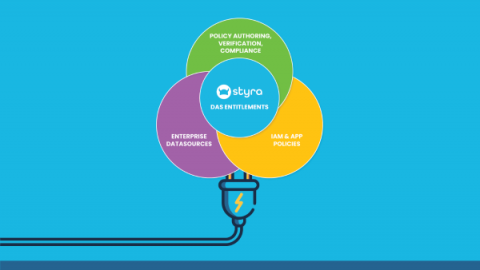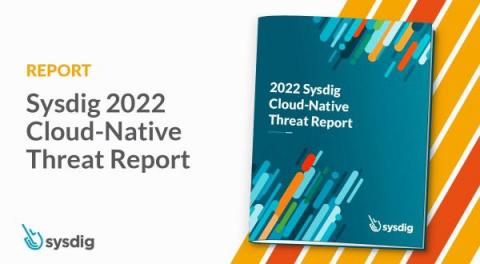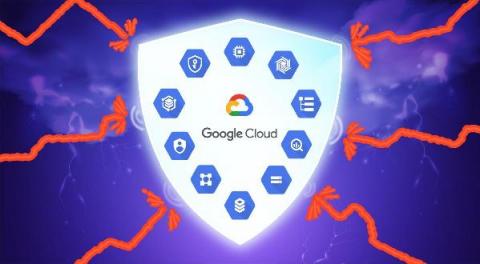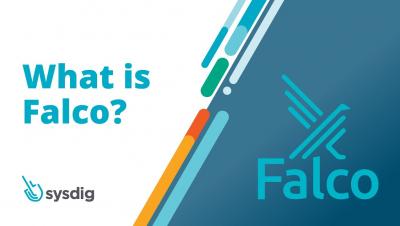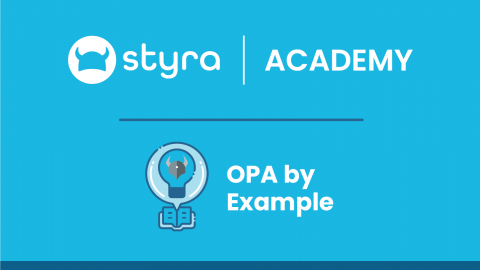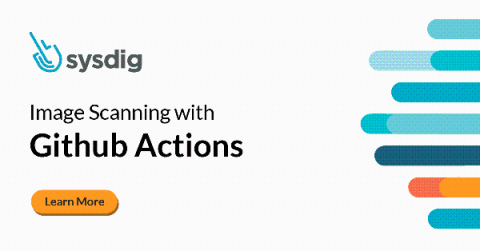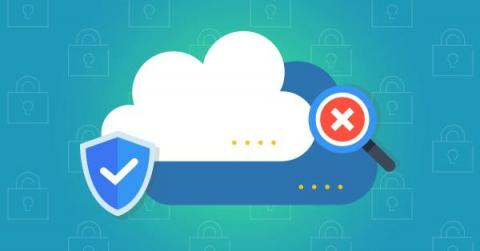Building honeypots with vcluster and Falco: Episode I
Honeypots are, at a high level, mechanisms for luring attackers in order to distract them from legitimate access or to gather intelligence on their activities. We’re going to build a small example here of a honeypot using vlcuster and Falco. In this first episode, we explain how to build a simple SSH honeypot using vcluster and Falco for runtime intrusion detection.



